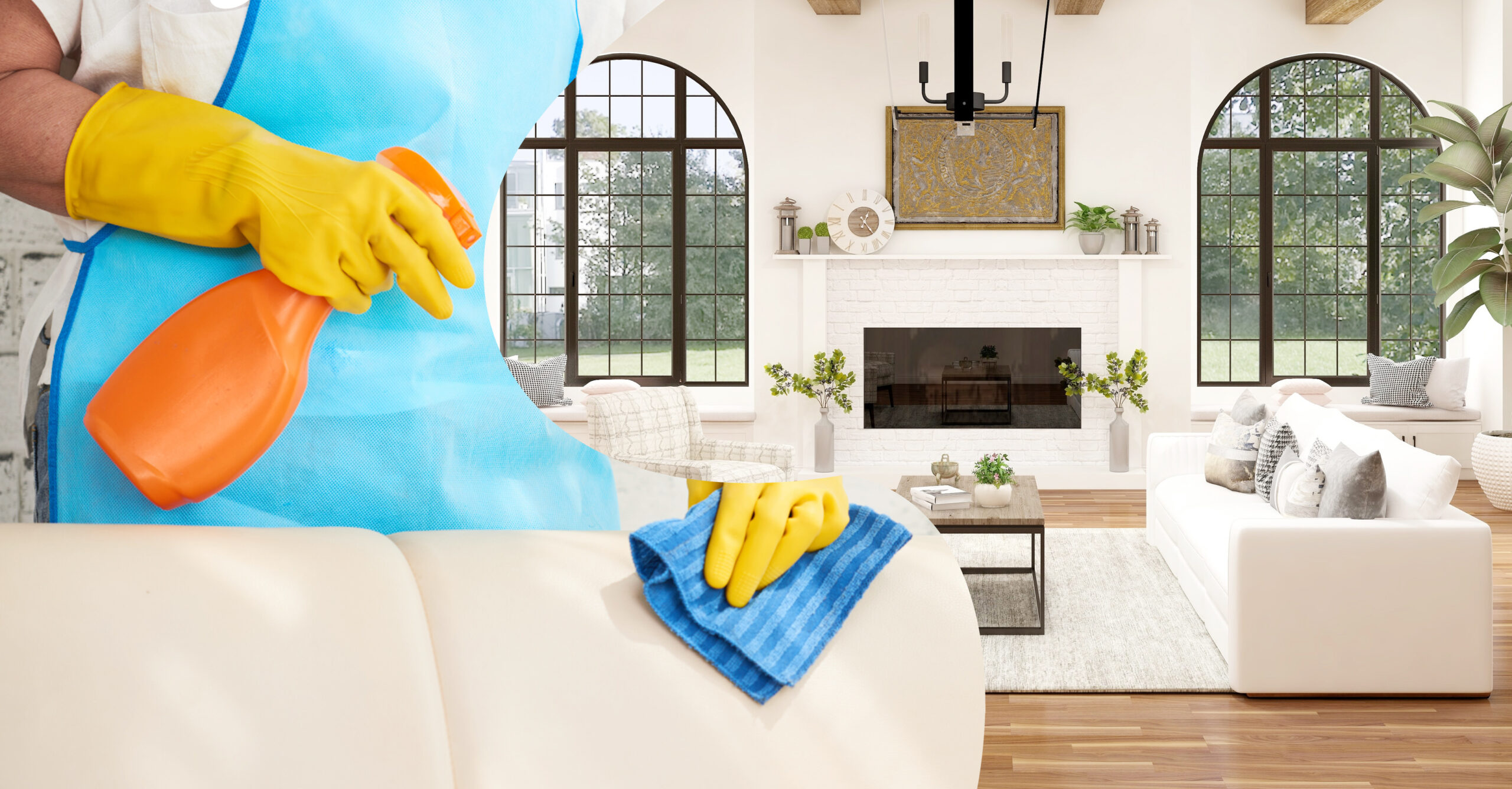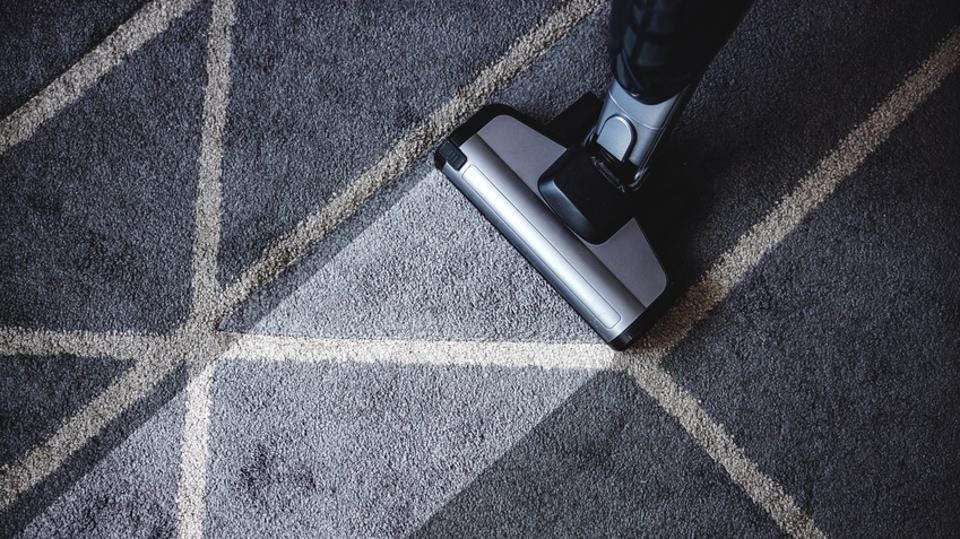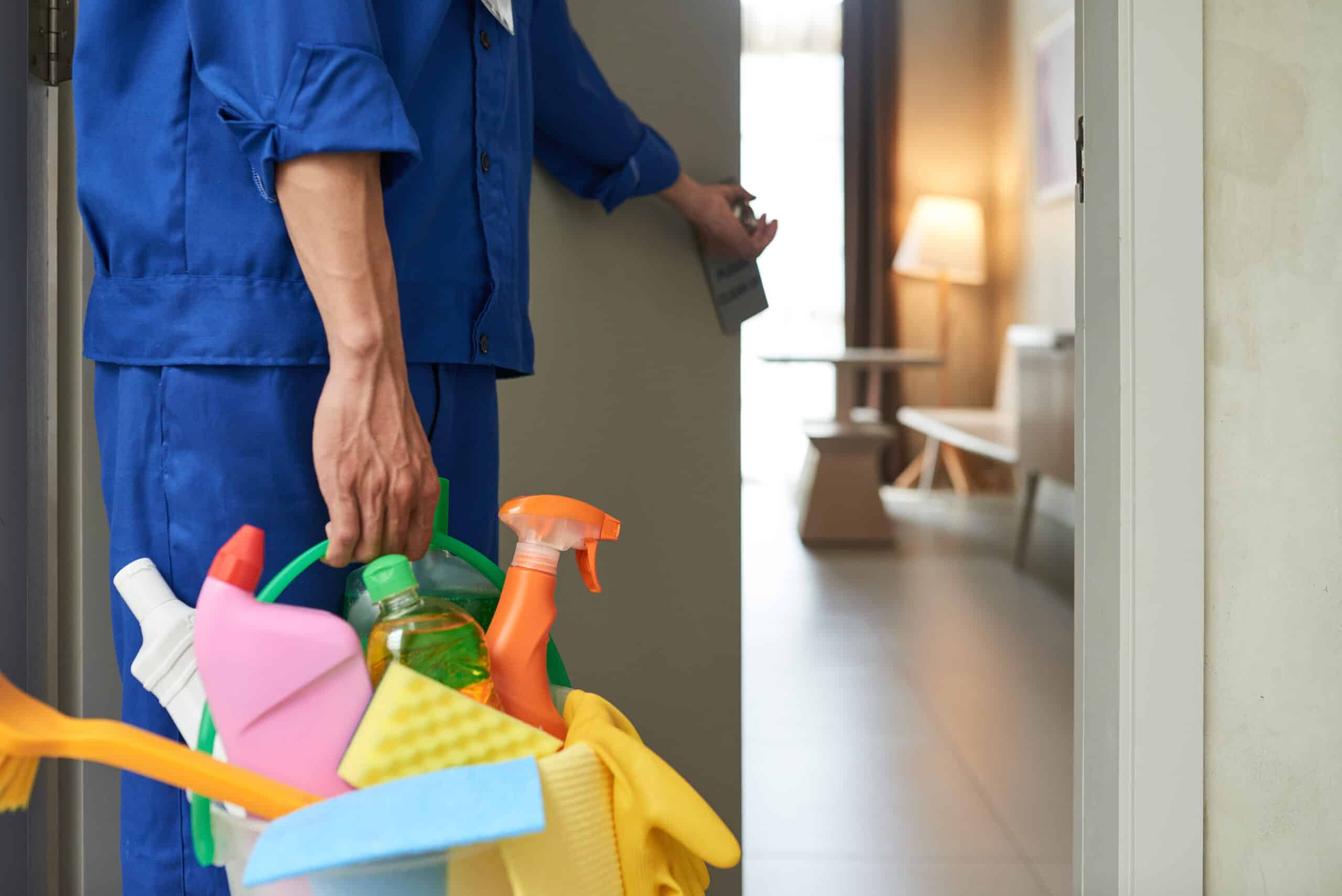How To Clean White Leather Sofa
White leather is the most decent choice one can ever make as upholstery for couches and sofas. It gives a gorgeous and elegant look to your interior décor. White leather can make every room look modern and sleek. However, it takes a brave soul to go for white leather sofas for everyday use. White provides an excellent background to stains, dust, dirt, pet hair, dirty fingerprints, and food stains.
Leather is generally a solid and resistant material; however, its surface is porous. The pores make it prone to capturing oil and all kinds of dirt. White leather needs special attention and maintenance. If you do not take proper care and forget to cover them, the white couch will become yellow after a few years. Getting your original leather back from the yellowed white leather couch can be a tough task.
Most people think that expensive leather cleaning detergents can remove stains and keep the leather all shiny. This thought, however, is not correct. Some detergents contain harmful chemical ingredients harsh on the leather when used for a long time. Some of these ingredients can also cause skin irritation and other dangerous symptoms.
Homemade leather cleaning solutions are great alternatives to these toxic detergents. They are easy to make, and you do not need any fancy items for them. They will also make the couch clean and fresh without having any side effects. The following are tips on how to clean white leather sofas.
Table of Contents
How To Clean White Leather Sofa Using Baking Soda

Baking soda is often referred to as a magical powder because of its effectiveness in cleaning various surfaces. Baking soda has the power to lift off all kinds of stains, moisture, and oils. This quality of baking soda makes it a perfect choice for cleaning porous surfaces like leather. The procedure that you need to follow while using baking soda to remove the stains on white leather is as follows:
- Take one tablespoon of baking soda and one tablespoon of borax and add them into 100 ml of warm water. Borax is a common household chemical that is non-toxic and is commonly used for cleaning purposes.
- Use a soft microfiber cloth or sponge to apply the solution to the affected surface. Dip the sponge in the solution and apply it to the area which you want to clean. Gently rub it on the surface until the stain dissolves into the solution or the sofa regains its original colour. Ensure that you do not scratch the leather surface because it will leave permanent marks that you cannot remove easily.
- You can use a sponge or a clean cloth to remove spots from the surface of a white leather couch. However, you cannot clean hidden areas like stitches or zippers. For such cleaning, you need a smaller tool, such as a toothbrush. A soft-bristled toothbrush can clean tight spots on your white leather couch. A brush is small, and it can reach all the hidden places very quickly.
- When you have completed the cleaning process, you can wipe the couch’s surface with a dry microfiber cloth until you are sure that the surface is dried. Never leave a cleaning solution residue on leather because if it stays there in the long term, it can damage the sofa’s fabric.
Removing Different Types Of Stains
Stains of food, dirt, dust, and moisture require other reagents and strategies to leave the leather. Here are some of the main methods to remove various types of stains.
Removing oil stains from white leather
Oil stains are usually tough to remove from any surface. When it comes to white leather furniture, a dirty sofa or couch stands out. Oil and grease stains on leather make it look dirty. To remove oil stains from the white leather surface, sprinkle some baby powder or corn starch on the affected area. Allow the powder to set on the spot for a few hours. The powder will draw the oil into it. Once you are sure that most of the oil has drained into the powder, you can remove the powder from the surface with a brush or vacuum. Repeat the same procedure if the stain does not go on the first try.
Removing ink stains from white leather
If your white leather has an ink stain, start by soaking up all liquid ink with the help of a paper towel. Dip a cotton swab in isopropyl alcohol properly and use remove whatever ink your paper towel missed. Make sure that you start from the outside edge and move towards the center, so the ink does not spread.
Rub the cotton swab on the stain gently to remove the ink. Once you see that all the ink is wiped away, you can move a clean swab on it to give the leather a cleaned and decent look. Make sure that you work slowly until all of the ink is gone.
One important thing to note is that after removing ink stains, the leather may look dull. So, a leather conditioner or olive oil can be used re-condition the surface of the white leather.
Removing scuff marks from white leather
Scuff marks are the most common stains present on white leather. You can use a melamine eraser to buff the marks away. However, you need to be very careful because scrubbing the leather too hard might remove the surface finish of the leather, leaving it in an even worse state.
You can also remove the scuff marks from white leather using a homemade cleansing paste. You can make this paste by mixing equal amounts of lemon juice and cream of tartar. Spread it on the stained area with the help of a sponge or a soft cloth. Let the paste stay on the stained site for 30 minutes. Wipe away the paste using a piece of cloth and buff the leather with a soft microfiber cloth. Repeat the procedure until the stain removes completely. If you feel like the leather has lost its shine, you can use a leather conditioner to restore its finish and prevent it from drying out and cracking.
Removing mould and mildew stains from white leather
Leather goods can get stained with moulds and mildews. If you use a leather sofa in an area with high humidity and temperature, then moulds and mildews begin to grow on the leather. Also, if you leave food stains on the surface of the leather, then it might also speed up the growth of mould. Regularly clean away food stains and grimes to prevent this growth and save your white leather.
You can remove the smaller areas of moulds by yourself. But, if there is an extensive mould, you will need a professional who can treat the leather with anti-fungal agents keeping your leather safe from any more damages.
Reasons For The Yellowing Of Leather
The white leather on couches, sofas and other items turns yellow over time. The yellowing of leather products is a natural process called oxidation. Oxidation occurs when white leather is exposed to various elements including dust, air, and sun for a long time. Oxidation leads to breakdown of leather when it interacts with different elements. Every type and colour of leather undergoes the process of oxidation, but the yellowing is common in white leather.
Baking soda can help you get rid of many different stains, but unfortunately, it does not work to renew yellowed white leather. Once the process of oxidation has started, nothing can be done to reverse it.
Most people consider yellow stains as part of aging of leather, but if you are not one of them, there are a few things you can do to slow down the process. These steps might include keeping the leather well-oiled with good conditioners like leather milk. Leather milk is excellent at preventing yellowing from happening. Moreover, if you clean your leather chairs regularly with warm water and a damp microfiber cloth, it will also keep the shine alive.
How To Keep Your White Leather Couch In Good Condition
White leather couches are usually more expensive than regular couches. They are very delicate, so you need to pay some extra attention to them. If you want them to stay in good condition for a more extended period, here are some tips that can help you keep your white leather shining for years:
- When you buy a white leather sofa, check the manufacturer’s guide that comes with it. If it has specific instructions on cleaning your white leather sofas, follow them religiously.
- Wipe the couch with a soft cloth to loose dirt or dust. Perform proper dusting, especially before cleaning the sofa with a detergent.
- Ensure that you have a leather care kit in your house and regularly clean your sofa with it. Use a soft cloth to dust the couch at least twice a week. If you keep your sofa covered with a clean cloth when it is not in use, then it can be a plus point.
- When you try a new cleaner, do not apply it directly to the entire piece of furniture. Instead, try it on a hidden part of the sofa to check if it does any reaction with leather. Certain cleaners are very harsh on the leather.
- Make sure that you do not let spills and stains stay on the sofa. If any colours are there, wipe them off immediately. You can use a mild cleaner and a soft cloth for this purpose. Fresh stains, however, can be removed with the help of soapy water prepared with small amounts of dishwashing liquid.






